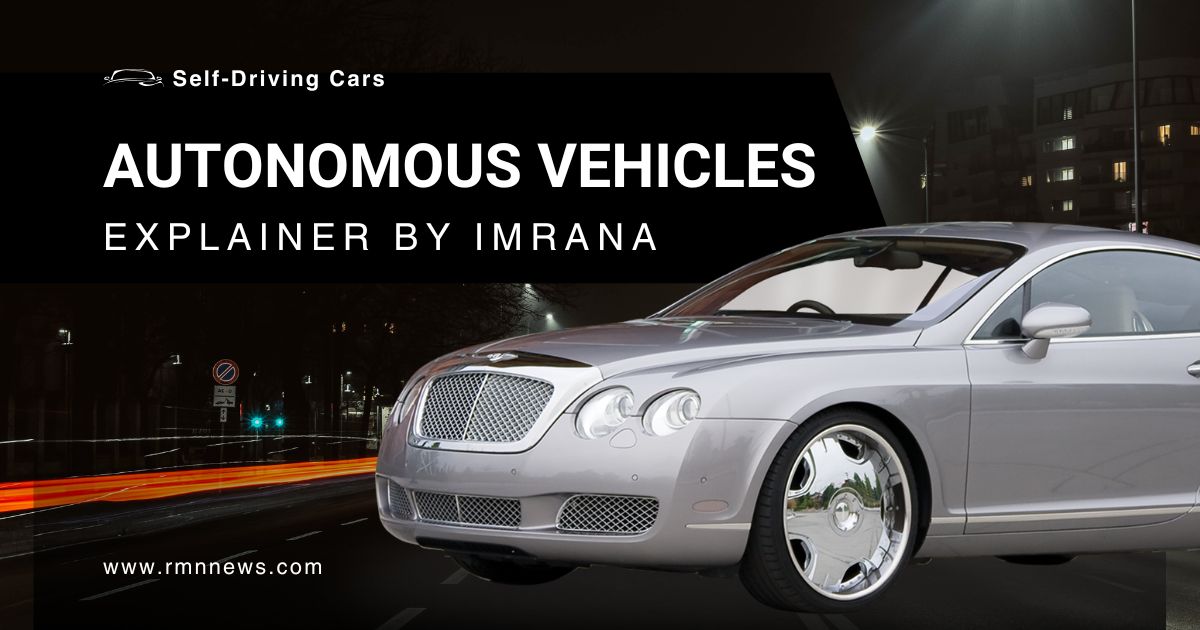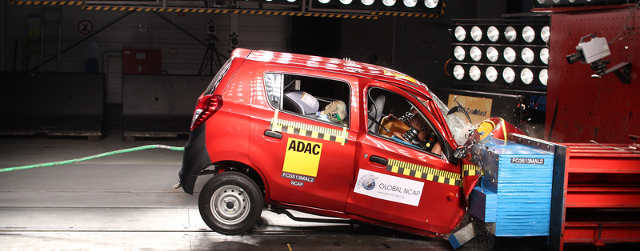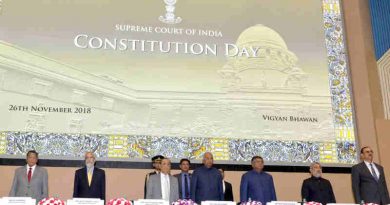Autonomous Vehicles: A Comprehensive Study Guide

Autonomous Vehicles: A Comprehensive Study Guide
Autonomous Vehicles Study Guide
This study guide is designed to help you review and deepen your understanding of Imrana’s article, “Autonomous Vehicles: Are We Ready for Self-Driving Cars?” published on RMN News.
I. Understanding the Core Concept
- Definition of Self-Driving Cars: What are they, and what technologies do they utilize?
- Levels of Autonomy (Implied): While not explicitly stated, the article discusses both partially automated features and fully self-driving cars. Understand the distinction.
- The Author’s Perspective: Imrana’s unique position as a “young student” and her overall stance on the technology.
II. Analyzing the Benefits of Autonomous Vehicles
- Safety Improvements: How do autonomous vehicles address human error in driving? Provide specific examples from the text.
- Environmental Impact: What is the potential positive effect of self-driving cars on air quality and noise pollution?
- Accessibility: Who stands to benefit from increased mobility offered by autonomous vehicles?
- Urban Planning: How might cities change with widespread adoption of self-driving cars?
III. Examining the Challenges and Concerns
- Accidents and Liability: What critical question arises when autonomous vehicles are involved in accidents?
- Cybersecurity Risks: What specific threat does the internet connectivity of self-driving cars pose?
- Job Displacement: Which professions are most at risk due to this technology, and what are the societal implications?
- Public Acceptance: Why is trust a crucial factor for the widespread adoption of autonomous vehicles?
- Regulation: What role do governments play in ensuring the safe and responsible deployment of these cars?
IV. Imrana’s Recommendations and Outlook
- Pacing of Development: What is Imrana’s suggested approach to rolling out self-driving technology?
- Addressing Job Loss: What solutions does she propose for those whose jobs might be displaced?
- Importance of Education: Why does Imrana emphasize teaching students about autonomous technology?
- Call to Action: What is her concluding message regarding the future of self-driving cars and decision-making?
V. Author and Publication Context
- Imrana’s Background: Briefly describe Imrana’s profile as presented in the article.
- RMN News: Understand that this article is a “consultative article” written for RMN News.
Quiz: Autonomous Vehicles
Instructions: Answer each question in 2-3 sentences.
- What core technologies do self-driving cars use to operate without human intervention?
- According to the article, what is one major reason why autonomous vehicles are expected to improve road safety?
- Name two potential negative environmental impacts that self-driving cars could help mitigate.
- If a self-driving car causes an accident, what significant question does the article raise regarding responsibility?
- What cybersecurity risk is highlighted as a concern for connected self-driving cars?
- Identify two types of jobs that the article suggests might be at risk due to the widespread adoption of autonomous vehicles.
- Beyond job displacement, how might self-driving cars alter urban environments, according to the text?
- Why does Imrana, the author, recommend moving slowly with the deployment of autonomous vehicle technology?
- What demographic groups are specifically mentioned as potentially benefiting from increased mobility due to self-driving cars?
- What is Imrana’s overarching message about how society should approach the future of self-driving cars?
[ Also Read: Autonomous Vehicles: Promise, Peril, and Prudent Progress ]
Quiz Answer Key
- Self-driving cars primarily utilize cameras, sensors, GPS, and artificial intelligence (AI) to perceive their surroundings, follow traffic rules, and make driving decisions. These technologies allow them to mimic human driving capabilities without a human operator.
- One major reason autonomous vehicles are expected to improve road safety is their immunity to common human errors. Unlike human drivers, they don’t get tired, angry, or distracted by phones, which are common causes of accidents.
- Self-driving cars, particularly electric models, could help mitigate air pollution by reducing emissions from petrol or diesel cars. Additionally, they could contribute to quieter cities by reducing traffic noise, leading to a more pleasant urban environment.
- If a self-driving car causes an accident, the article raises the serious question of who is to blame. This includes considering the responsibility of the car owner, the manufacturing company, or even the computer’s programming itself.
- The cybersecurity risk highlighted for connected self-driving cars is the potential for hacking. Since these vehicles are internet-connected, hackers might gain remote control, posing a significant and dangerous threat.
- The article suggests that jobs for taxi drivers, truck drivers, and delivery workers might be at risk due to the widespread adoption of autonomous vehicles. These professions rely heavily on human drivers, which could become redundant.
- Beyond job displacement, self-driving cars might alter urban environments by reducing the need for numerous parking spaces, as cars could drop off passengers and park themselves remotely. This could also lead to less crowded streets.
- Imrana recommends moving slowly with the deployment of autonomous vehicle technology because she prioritizes safety over speed. She believes it’s better to thoroughly test and improve the technology to ensure everything is safe before widespread implementation.
- The article specifically mentions the elderly and disabled individuals as demographic groups who could potentially benefit from increased mobility due to self-driving cars. These individuals might find it easier to move around independently without needing to drive.
- Imrana’s overarching message is to approach the future of self-driving cars with careful consideration and smart planning. She emphasizes asking the right questions, creating smart rules, and always prioritizing people’s well-being over solely advancing the machines.
Essay Format Questions
- Discuss the ethical dilemmas presented by autonomous vehicles, focusing on issues of liability in accidents and the societal impact of widespread job displacement. How might these challenges be addressed through policy or technological development?
- Analyze Imrana’s perspective as a “young student” on autonomous vehicles. How does her age and background influence her insights and recommendations regarding the technology’s integration into society and education?
- Compare and contrast the potential benefits and drawbacks of autonomous vehicles as outlined in the article. Which aspects do you believe are given more weight by the author, and why?
- The article suggests that autonomous vehicles will change how we “live, travel, and work.” Elaborate on these transformative impacts, drawing specific examples from the text and speculating on additional societal changes that might occur.
- Evaluate the importance of public acceptance and government regulation for the successful adoption of self-driving cars. What specific steps could companies and governments take to build trust and ensure safety standards?
Glossary of Key Terms
- Autonomous Vehicles (AVs): Also known as self-driving cars; vehicles capable of sensing their environment and operating without human input.
- Artificial Intelligence (AI): The capability of a machine to imitate intelligent human behavior; a key technology enabling self-driving cars to make decisions.
- Sensors: Devices used by autonomous vehicles to detect and respond to events or changes in their environment, such as lidar, radar, and ultrasonic sensors.
- GPS (Global Positioning System): A satellite-based navigation system used by autonomous vehicles to determine their precise location.
- Hacking: The unauthorized intrusion into a computer or network, which poses a risk to connected self-driving cars.
- Job Displacement: The situation where jobs are lost due to automation or technological advancements, as highlighted for drivers in the article.
- Public Acceptance: The willingness of the general population to trust and adopt a new technology, crucial for the widespread use of autonomous vehicles.
- Regulations: Rules or laws made by a government or other authority, necessary for governing the safe use and deployment of autonomous vehicles.
- Liability: The state of being responsible for something, especially by law; a complex issue in accidents involving self-driving cars.
- Urban Planning: The technical and political process concerned with the development and design of land use and the built environment, which could be influenced by autonomous vehicles.
This consultative article has been written exclusively for RMN News by Imrana, who is a student specializing in multiple domains such as business, trade, education, technology, entertainment, and politics. She also produces Imrana’s Insight podcast program on diverse topics.
👉 You can click here to know more about Imrana’s editorial and humanitarian work.
💛 Support Independent Journalism
If you find RMN News useful, please consider supporting us.




![Children demonstrating in the streets of New Delhi so that the Indian government should protect them from dust pollution, noise pollution, and air pollution of extended FAR construction activity in occupied housing societies. Photo and Campaign by Rakesh Raman [ Click the photo to know the details. ]](https://www.ramanmedianetwork.com/wp-content/uploads/2017/04/dwkpol1-390x205.jpg)